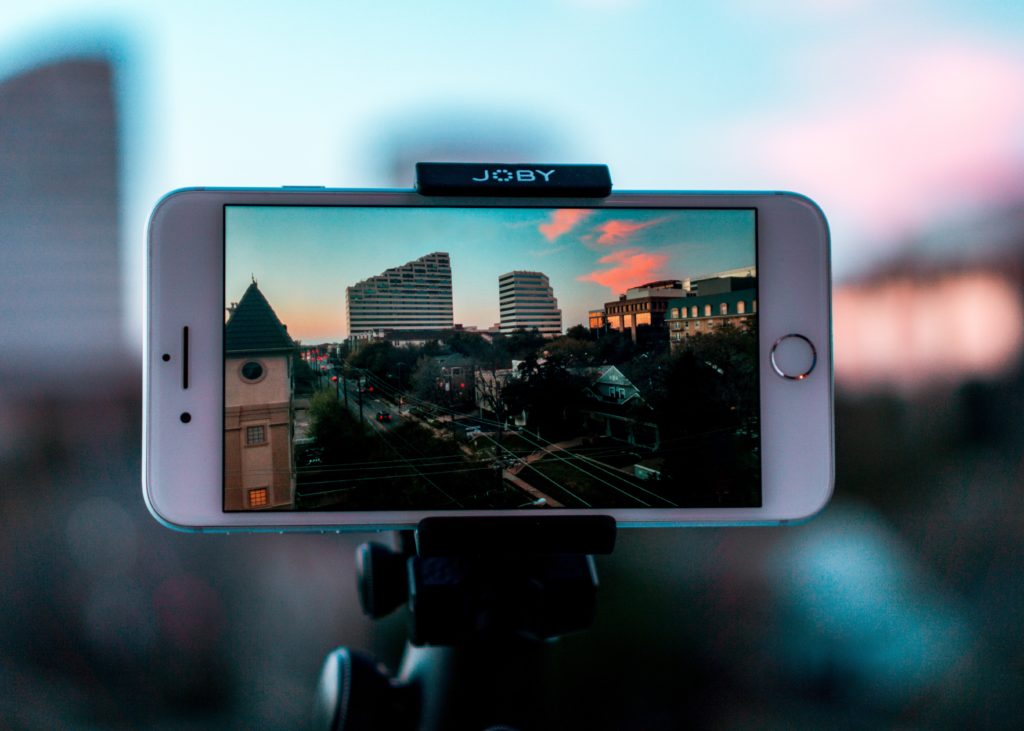It can seem like creating proxies for video editing is no longer necessary. With all of the marketing hype and new formats, it can be really confusing which route to go with media management.
Digital cameras today are incredible. Each one is unique. One can shoot 8k resolution, another can shoot 1,000 frames a second. Lenses can be sharp

In the past, film stocks limited your options to 35mm. Digital cameras today have so many different configurations and settings. Because of this, it can be really difficult to decide what to shoot. It can also be complicated to maintain quality while editing.
The Breakdown of How to Deal with Camera Formats in Post
There are three main formats that cameras record today:
- RAW
- Intra-frame Codecs
- Compressed Long-GOP formats
These look like very technical terms, but I’m going to break them down for you.
RAW
Cameras that record RAW are usually professional, high end cameras like RED, Arri and Blackmagic. RAW files contain data directly from a camera sensor. Editing software interprets the data to video using a RAW dialog or SDK.
Your computer decodes RAW files on the fly. Decoding on the fly requires a lot of computing power which can really slow down the editing process. Adding heavy effects or timewarps will slow things down even further.
The benefit of using and shooting RAW is quality and flexibility. The raw data from the camera is contained in the files. Most camera files have settings like exposure, color temperature, ISO “baked in” to the files so you can’t change them after shooting. With RAW, you can have that control from the shoot back during color grading or in the edit bay.
The disadvantage is that there are limitations to how much you can fix with RAW files. If a shot was underexposed, RAW files will only give you so much latitude. RAW files won’t save underexposed productions.
For more background on RAW video check out this article on Premium Beat: https://www.premiumbeat.com/blog/history-raw-video-footage/
Intra-frame Codecs
ProRes and DNxHD are intra-frame codecs. With an intra-frame codec, each frame is encoded separately on its own, not using frames around it.
When video editing, the software is processing the source files.. Using intra-frames makes the editing process so much smoother because the computer has to do the least amount of work to play these type of files back.
Intra-frame compression is in contrast to the next encoding type below called long-GOP. Long-GOP formats are a lower quality form of encoding that requires more decoding from your computer. They are also lower quality files that don’t maintain their quality as well as intra-frame encoded files.
Today, mastered files use intra-frame codecs to encode video when exporting. Generally, broadcast commercials deliver in ProResHQ. There isn’t really a need to transcode to an intermediary format if your camera shoots with this type of codec.
A drawback of intra-frame codecs is that they bake in camera parameters like color space, exposure, white balance etc. Unlike RAW files, intra-frame codecs confine you to the cameras settings used on set.
If your camera is really good, baking in camera settings can be helpful. But it can also be a limiting factor if you’re looking for optimal quality and flexibility.
Compressed Long-GOP formats
Cheaper cameras record compressed long-GOP formats. These formats come in a variety of codecs like H.264, mp4, mpeg-2, XAVC, AVC, etc.
Cheaper hardware uses long-gop encoding to maximize encoding efficiency. Your camera can record a lot of data and use the camera hardware to compress it down to something manageable.
Long-GOP encoding uses groups of pictures across a span of time to encode. This makes the encoding more efficient and quick, but at the cost of accuracy and quality.
While recording these files is efficient for the camera hardware, generally when editing or color grading, these type of files are lower quality than the other two mentioned above.
Although codecs are getting better with newer cameras, it is more difficult to color grade long-GOP files. The compression makes the files more difficult to manipulate without degrading quality. Editing long-GOP files is also hard on your computer because the computer has to decode the files on the fly.
Unless you have a powerful computer, long-GOP files can really slow down the editing process.
Enter Proxies for Video Editing

Proxies are intermediate video editing formats created from camera source files. They are smaller files used for editing.
If you have a shoot that used multiple cameras, many different settings
Learning how to transcode source footage to a consistent editing format can be difficult. These are the factors to consider:
- Resolution and frame rate (check out our FREE guide on frame rates here: https://www.thepostprocess.com/free-guides/)
- How to make sure the footage looks like it did on set
- How to maintain a link to the original camera files.
The goal ultimately is to convert all the footage to editing files that your computer can playback quickly and easily like ProRes or DNxHD.
Converting all of the various resolutions to a single resolution is helpful. Converting all of your source frame rates to a single one is also very helpful. Then your computer won’t need to do all that work on the fly.
In Conclusion
Technical issues can really slow down the creative editing process. One of the reasons I started this blog is to teach people how to bypass the technical issues so that there is more time for creativity and exploration. If you’re editing video, proxies can be a huge help.
Transcoding footage is complicated and confusing. Look out for my forthcoming resource called the Definite Guide to Making Proxies for Editing in DaVinci Resolve.
Thanks for reading and hope you check out the guide!

Leave a Reply